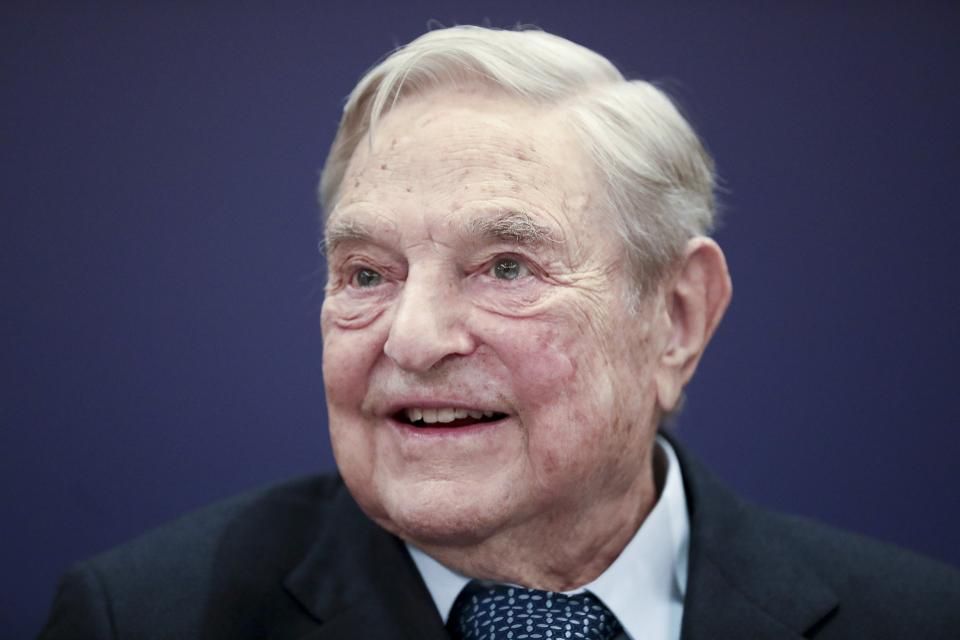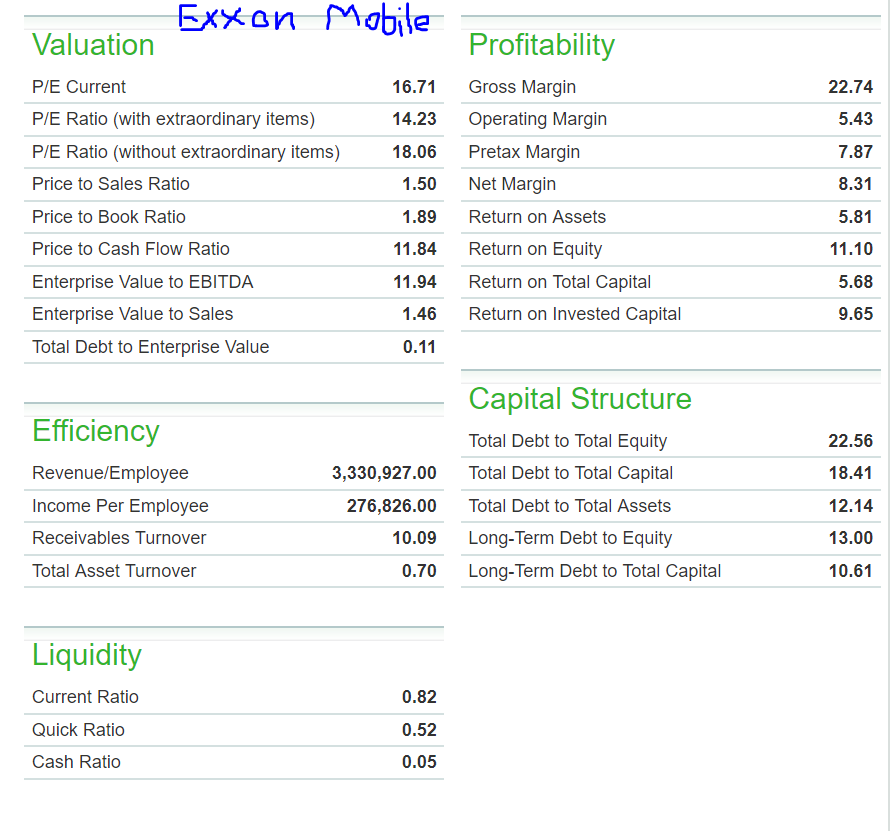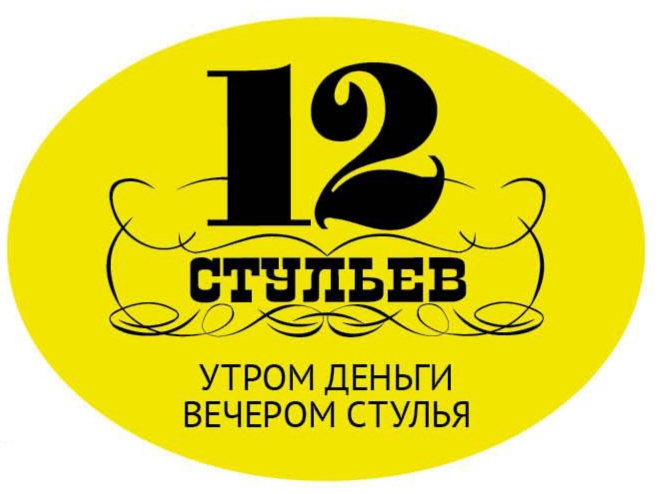Содержание
- a Difficulty acquiring a plot b Requirement to ensure all land that is not
- Paragraph 14 discusses the many hardships that African Americans had to face
- Definition , Difference & Positive and Normative Economics Examples
- The familistic orientation of Chicanos is such that relatives are frequently
- Input-Output Analysis

If the human capital component is added to the physical capital, the U.S. exports become far more capital-intensive relative to her import- substitutes. It is confirmed by the empirical studies conducted by Kravis , Kenen and Keesing . In view of this, it is not surprising that the labour- abundant United States exports those products, which have relatively greater labour-intensity.

The economists undertook intense research for re-examining both the H-O theory and Leontief paradox. The attempts were also made on empirical grounds to reconcile the Leontief analysis with the H-O theory. Several economists investigated the causes of bias in Leontief’s work and exposed the methodological and statistical weaknesses and inaccuracies in his analysis.
a Difficulty acquiring a plot b Requirement to ensure all land that is not
Given that the US exports capital companies directly, its exports of goods would, on average, be intensive in its relatively abundant internationally immobile factors and, thus, need not be capital intensive. Leontief’s interests were not, however, limited to enter-output models. His 1936 article on “composite commodities” made him, along with Hicks, the father of the well-known microeconomic theorem. Recent efforts in worldwide economics have attempted to refine the Heckscher-Ohlin mannequin and check it on a wider vary of empirical proof. For instance, each the United States and Germany are developed international locations with a major demand for cars, so both have massive automotive industries. Rather than one nation dominating the trade with a comparative benefit, each nations commerce totally different brands of automobiles between them.
Capital and natural resources are complementary in many fields of production. Although capital is relatively abundant in the United States, yet it may be less effective because that country is relatively under-supplied with natural resources and it may not be able to make full use of its capital. Larger agricultural exports from Canada, Australia and most of the less developed countries are land-intensive essentially because of an abundance of land. In Leontief s analysis, the part played by natural resources in determining the composition of trade of a country had been over-looked. Vanek showed that the United States was relatively scarce of several natural resources. There is complementarity between capital and natural resources in the field of production.

In 1953, Leontief found that the United States—the most capital-abundant country in the world—exported commodities that were more labor-intensive than capital-intensive, contrary to H–O theory. Leontief inferred from this result that the U.S. should adapt its competitive policy to match its economic realities. Leontief’s paradox in economics is that a country with a higher capital per worker has a lower capital/labor ratio in exports than in imports. Static theories such because the factor price equalization theorem or the H.O.
Paragraph 14 discusses the many hardships that African Americans had to face
It has provided a good deal of insight into the foreign trade position of the U.S., but it has hardly helped to establish or refute the H.O. Static theories such as the factor price equalization theorem or the H.O. Theory of comparative advantage should perhaps not primarily be viewed as geared toward empirical testing. They are first and foremost means of studying the general equilibrium characteristics of open economies. Leontief developed a 1947 input-output table for the U.S. to establish the capital-labor ratios used in the production of U.S. exports and imports. In one of the most broadly discussed tests of the factor proportions theory, Leontief attempted to expose the relative factor proportions structure of U.S. contribution in international trade.
- It has been shown that the paradox can be solved by using linear programming techniques and other methods.
- The Heckscher-Ohlin propositions that commerce reveals gross and relative issue abundance are not supported by these data.
- Many economists conducted Loentief type studies related to other countries.
Firstly, these countries depend greatly on the technology imported from the advanced countries, as they do not themselves have an indigenous technology suited to their own factor endowments. His early critiques of Keynes’s General Theory made essential contributions to the Neo-Keynesian synthesis’ stress on mounted nominal wages in interpreting Keynes’s theory. His 1953 finding that Americans had been exporting labor-intensive quite than capital-intensive items—”Leontief’s Paradox”—brought into query the validity of the conventional Neoclassical principle of worldwide trade. In Leontief’s evaluation, the measured factor content material of US imports is computed based mostly on the assumption that each one countries are utilizing the US factor depth techniques. This paper relaxes all assumption of identical factor depth techniques. According to the factor proportions theory, the United States should have been importing labor-intensive goods, but instead, it was actually exporting them.
Thus, if the labour input of the country were adjusted by a factor of three, then the United States would actually become a labour abundant country. Despite these suggestions, economists continued to maintain the validity of the paradox. Many economists realized that Ricardo’s theory of comparative advantage seems to be more reliable as compared to H-O Theory in predicting the various trade patterns with accuracy.
For many the leontief paradox questioned the validity of the theory of, Leontief’s paradox undermined the validity of the Heckscher–Ohlin theorem (H–O) theory, which predicted that trade patterns would be based on countries’ comparative advantage in certain factors of production . These economists argue that the United States has an advantage in highly paid labor more so than capital. This can be seen as viewing «capital» more broadly, to include human capital.
Definition , Difference & Positive and Normative Economics Examples
These products were imported as a result of the U.S. simply could not produce them. These products are extra capital intensive than any other products. Many economists have dismissed the H-O principle in favor of a extra Ricardian mannequin the place technological differences decide comparative benefit. These economists argue that the United States has an advantage in highly expert labor more so than capital. This could be seen as viewing “capital” extra broadly, to incorporate human capital. Using this definition, the exports of the United States are very capital-intensive, and never particularly intensive in labor.
Travis explains the Leontief paradox with the assistance of U.S. trade coverage. He refers to the fact that U.S. commerce is highly protected, a reality even more true when Leontief made his study than it’s today. Factor abundance of the country is an indicator that determines the relative factor endowment of the country. The Composite Commodity Theorem was a third major development credited to Leontief, who fathered the concept with John Hicks. This states that if the relative prices of a basket of goods are assumed to be fixed, then they can be treated as a single composite good for the purpose of mathematical modeling. This simplified the equations needed to model price theory.

The investment in human capital means spending on education, skill creation and health. The Leontief Paradox suggested that, in contrast to the predictions of the factor-endowment theory, U.S. exports were less capital-intensive than U.S. import-competing goods. He realized that so as to understand and be capable of manipulate the economic system of a country or a area, one needs to provide you with a mannequin based on the various sectors of the given financial system. His work resulted in his 1941 classic, Structure of American Industry. Leontief adopted up this work with a series of classical papers on enter-output economics . The Leontief Paradox is likely one of the most well-known and necessary contradictions within the historical past of economics.
The familistic orientation of Chicanos is such that relatives are frequently
Although the conclusion given by Leontief was in contradiction to the generalisation given by H-O theory, yet Leontief never attempted to supplant the factor proportions theory. He rather tried to explain the reasons due to which he arrived at a result different from that provided by the H-O theory. Many other economists too attempted to reconcile the Leontief paradox with the H-O theory of international trade. L. Tarshis approached the whole problem indirectly by comparing the internal commodity prices in different countries. The study revealed that the price ratio of capital-intensive relative to labour- intensive goods was lower in the United States and higher in other countries.
Contents
In 1947, the US seemed to have been endowed with more capital per worker than any other country in the world. Thus, the Heckscher–Ohlin Theorem (H–O)predicts that the US exports would have required more capital per worker than US imports. Many economists have rejected the H–O theory in favor of a more Ricardian model, where technical differences decide comparative advantage. The argument of the Leontief paradox has barely been competent to ascertain firm conclusions. It has provided a good deal of imminent into the international trade situation of the U.S., but it has almost not helped to ascertain or disprove the H.O.
There are many tests that raised questions regarding the validity of the Heckscher-Ohlin theory(H-O Theory) during the famous study that was published in 1953 by a Noble Prize winner in economics , “Wassily Leontief”. It was considered that a country will tend to export those commodities which use its abundant factors of production intensively and import those which use its scarce factor intensively. In addition, the increase in labour efficiency or productivity to the stated extent implies that productivity of capital should also be three times more than that in the foreign country. The multiplication of capital stock with a multiple of three would leave the factor endowments unchanged and Leontief’s logic would fall through.
Leontief argued that American labour could not really be compared to labour in other countries, because the productivity of an American worker is substantially higher than that of foreign workers. A serious weakness in Leontief’s analysis was that he failed to take into account the effect of tariffs policy on the pattern of trade. Travis emphasized that the tariff policies adopted by different trading countries often distorted the pattern and composition of traded commodities. Leontief’s results too were seriously affected by tariff policies in the United States and her trading partners but Leontief overlooked this influence. Learner expressed the view that Leontief paradox would fail when the country had trade imbalance.
Input-Output Analysis
His https://1investing.in/ became known as the Leontief Paradox because it was the reverse of what was expected by the factor proportions theory. This econometric find was the result of Wassily W. Leontief’s attempt to test the Heckscher–Ohlin theory (“H–O theory”) empirically. It was measured that a country will be liable to export those commodities which use its abundant factors of manufacture intensively and import those which use its inadequate issue intensively. Leontief soon tried to solve his own paradox by arguing that, the productivity of the labour in the United States was far more as compared to the countries it was getting its imports from.
In fact, the comparison should have been made between the capital-intensity of U.S. exports with the capital- intensity in the countries from which the American imports are obtained. According to Balogh, the Leontief paradox involved a bias that resulted from the aggregation in the input-output matrix for indirect computation of capital-labour ratio. A spurious labour-intensity of the U.S. export industry appeared because of the aggregation of capital-intensive exportable goods with similar domestically used labour-intensive goods. In 1980 Edward Leamer questioned Leontief’s original methodology for comparing factor contents of an equal dollar value of imports and exports (i.e. on real exchange rate grounds). However, he acknowledged that the U.S. paradox still appears in Baldwin’s data for 1962 when using a corrected method comparing factor contents of net exports and domestic consumption.
In 1980 Edward Leamer questioned Leontief’s original methodology for comparing factor contents of an equal dollar value of imports and exports (i.e. on real exchange rate grounds). However, he acknowledged that the U.S. paradox still appears in Baldwin’s data for 1962 when using a corrected method comparing factor contents of net exports and domestic consumption. For the word puzzle clue of the leontief paradox questioned the validity of the theory of, the Sporcle Puzzle Library found the following results. Explore more crossword clues and answers by clicking on the results or quizzes. Economists have proven that in a rustic that produces more than two items, the abundance of capital relative to labor doesn’t imply that the capital depth of its exports should exceed that of its imports.
